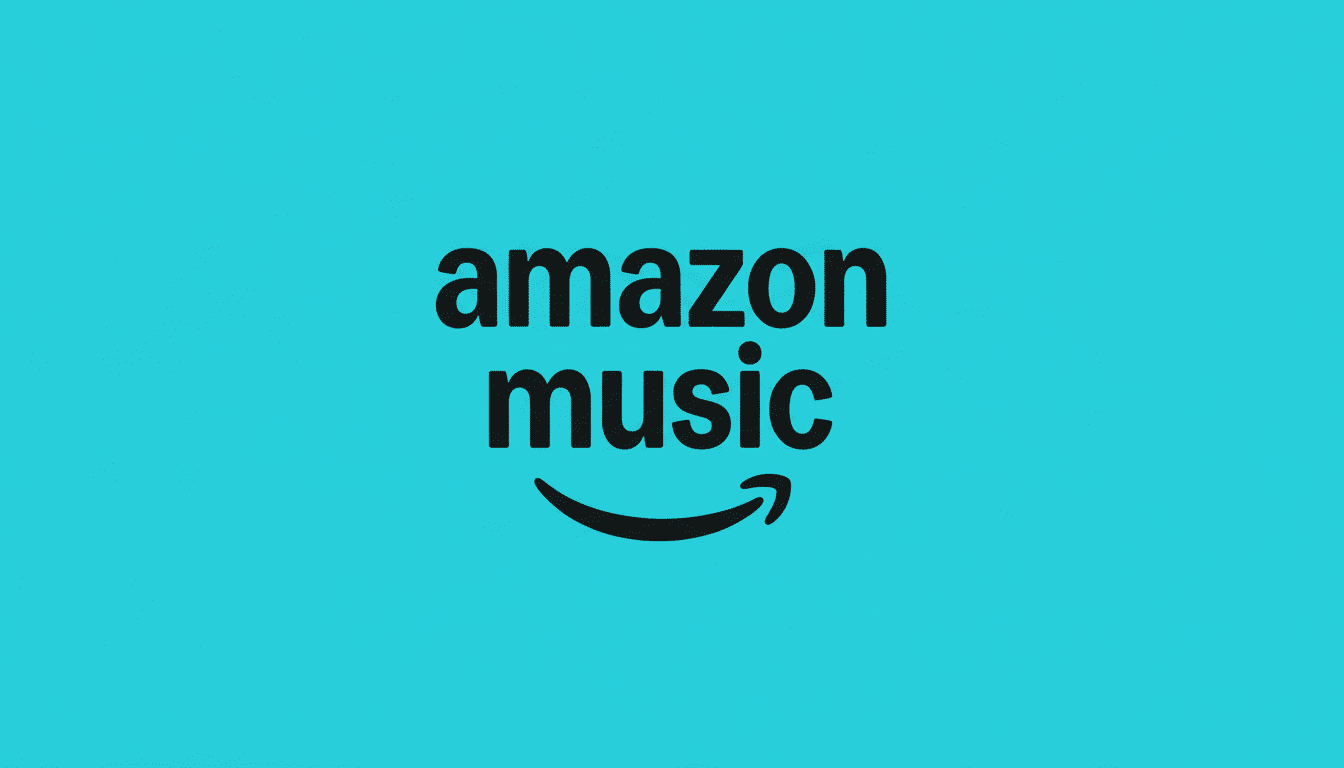Amazon Music is testing a social listening feature in Canada that will allow users to chat and stream music together from inside the app — even with hundreds of miles between them — a move that also opens up possibilities for more direct artist interactions on the Spotify competitor.
Dubbed Fan Groups, the beta enables listeners to establish and join groups dedicated to favorite genres and artists, post messages, recommend tracks, as well as press play on a rolling queue of songs shared by the group without ever having to leave the conversation.
- What Fan Groups Do for Social Listening on Amazon Music
- Why Canada Is Amazon Music’s Testbed for Fan Groups
- The Social Listening Arms Race Among Music Platforms
- What It Means for Artists and Labels Using Fan Groups
- Safety and Governance Will Matter for Fan Communities
- What to Watch Next as Amazon Tests Fan Groups in Canada

The pilot is available from the Find tab and runs on iOS and Android. Early access includes over 30 communities ranging from indie rock, country, Punjabi, and K-pop scenes — indicative of the harmonious listening habits in Canada.
What Fan Groups Do for Social Listening on Amazon Music
Within each group, members can post, reply in threaded chats, and tap a play button atop the feed to hear songs that the community has shared as an ongoing playlist. A specific Music tab is located near Posts, so you can easily save tracks or toggle back and forth between chatting and playback.
Artists, notably, can join groups as participants. That opens up a direct line to superfans for exclusive content, behind-the-scenes updates, or spur-of-the-moment listening sessions — without the friction of having to send users off platform.
Amazon wants to shrink the time between talking about music and hearing it. The stronger the loop, the more likely fans are to find new catalogs, save songs, and spend more extended periods of time inside the service.
Why Canada Is Amazon Music’s Testbed for Fan Groups
When it comes to social listening, Canada is an interesting test market. The country’s audience ranges from mainstream pop and country to vivacious Punjabi and K-pop fandoms, providing Amazon with a wide range of communities for stress-testing product mechanics and moderation.
Streaming comprises over 80 per cent of recorded music revenue in the market, and according to Music Canada it has only continued to grow — so while those sorts of updates are likely friction points that can curry users’ dissatisfaction when they do not resonate with audiences, the commercial impact seems more immediate these days when new features affect engagement and discovery.
Global benchmarks also bolster the bet. IFPI research has indicated that listeners now spend more than 20 hours a week with music on average, and social interactions increasingly dictate what people opt to play. Fan Groups is all about embracing both tendencies.
The Social Listening Arms Race Among Music Platforms
Amazon is part of a broader trend as music services gravitate toward real-time, shared experiences. Tools that Spotify has introduced include Jam for co-curated sessions and in-app messaging. SoundCloud combines comments with friend-powered discovery and artist messaging. Stationhead hosts listening parties that connect people around the hype of a release.
Where Amazon can put some daylight is in smooth playback inside chat, tight integration with its catalog at large, and the recommendations that should also drive further commerce, plus potential tie-ins across its broader ecosystem — Echo devices and Alexa to start but also possible shocking connections ultimately emerging from the wider wilds of amazon.com, aws.amazon.com, and more.

If Fan Groups drive up saves, shares, and time spent, it could boost Amazon Music’s retention in a market where switching costs are low and playlists often cross platforms.
What It Means for Artists and Labels Using Fan Groups
For artists, Fan Groups provide a centralized home to activate super-fans into action — whether that means inspiring UGC moments or directing attention towards new singles, catalog gems, or tour announcements.
Labels and managers can experiment with content in real time — say, a teaser clip, or a poll, or the orchestrated first listen of an album via connection to streaming providers — and then see how fast those interactions turn into streams and saves.
And the structure doesn’t hurt specialty communities, where just a couple of high-intent fans can provide for ongoing velocity. Categories with passionate Canadian footholds — Punjabi pop, K-pop, indie — may find that coordinated listening in groups pays off disproportionately.
Safety and Governance Will Matter for Fan Communities
And like all social features, it will succeed based on trust. Strong community guidelines, reporting mechanisms, and effective moderation will be key in preventing spam, harassment, or outright piracy. Parents will want fine controls for teen accounts, and rights holders will monitor how clips and recommendations are shared.
Amazon’s approach of keeping playback within the company’s official app, and directly tying posts to licensed tracks, should help Amazon adhere to strict compliance requirements even as it allows fans to be expressive.
What to Watch Next as Amazon Tests Fan Groups in Canada
Key metrics to monitor are:
- Growth of daily active users in groups
- Dwell times from chat-to-play interactions
- Conversion from shares in group to saves
- Artist adoption
Planned expansions to the U.S. and other markets will test how well it can scale across bigger, more fragmented fandoms.
If the Canadian beta proves sticky, Fan Groups could serve as a model for how streaming services mix community and consumption — turning conversations into listening sessions, and listening into loyalty.

